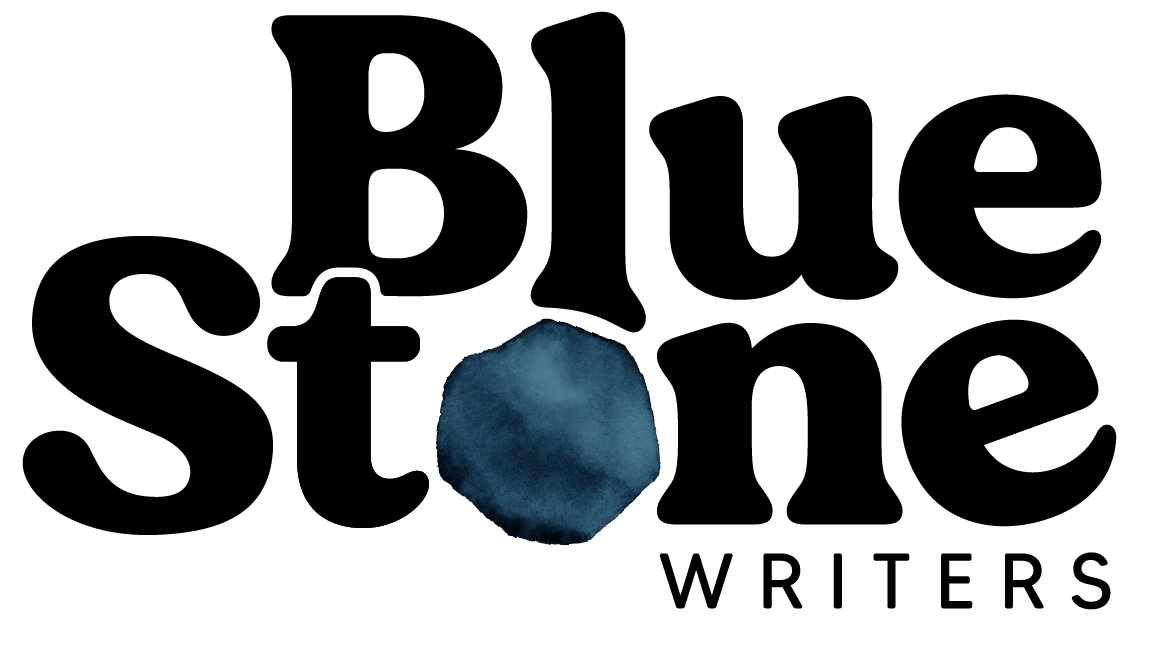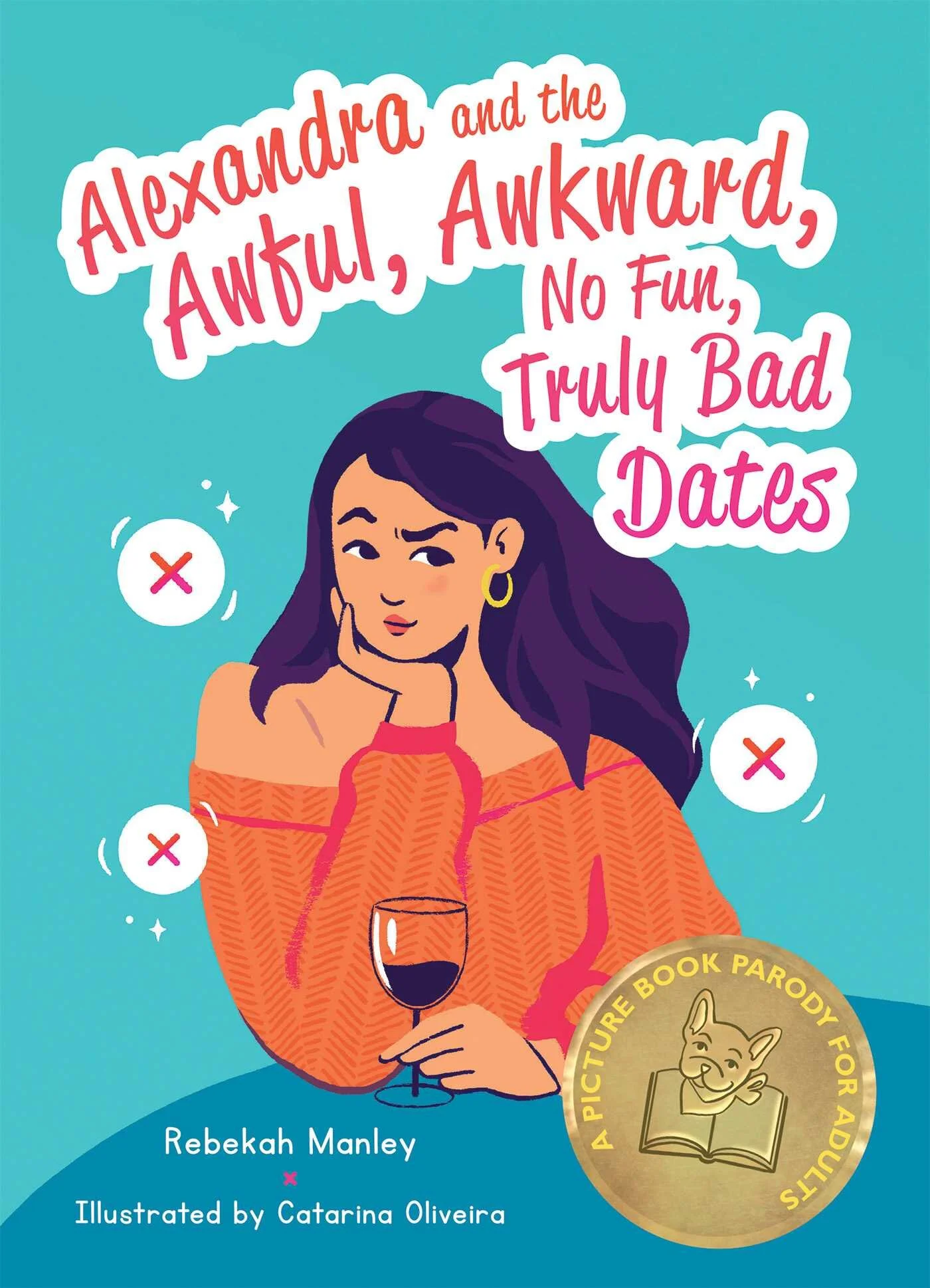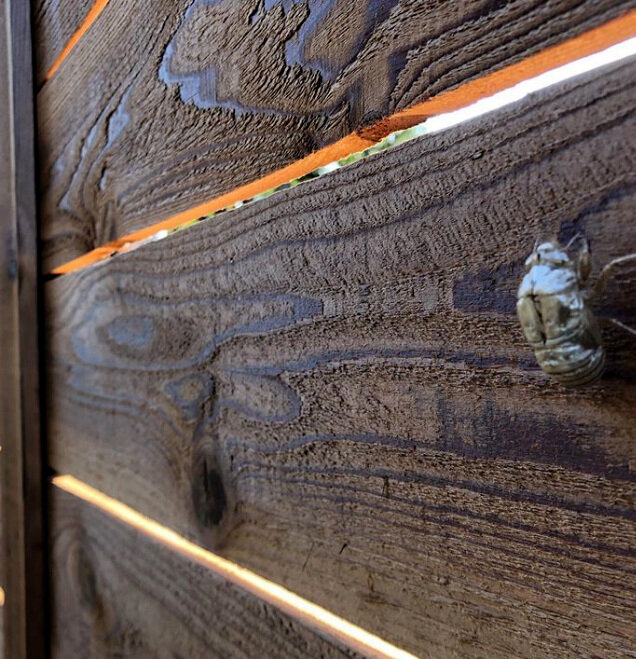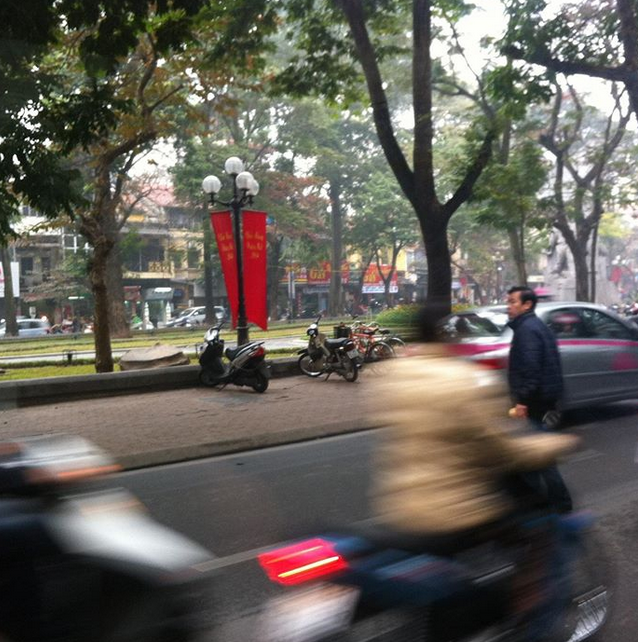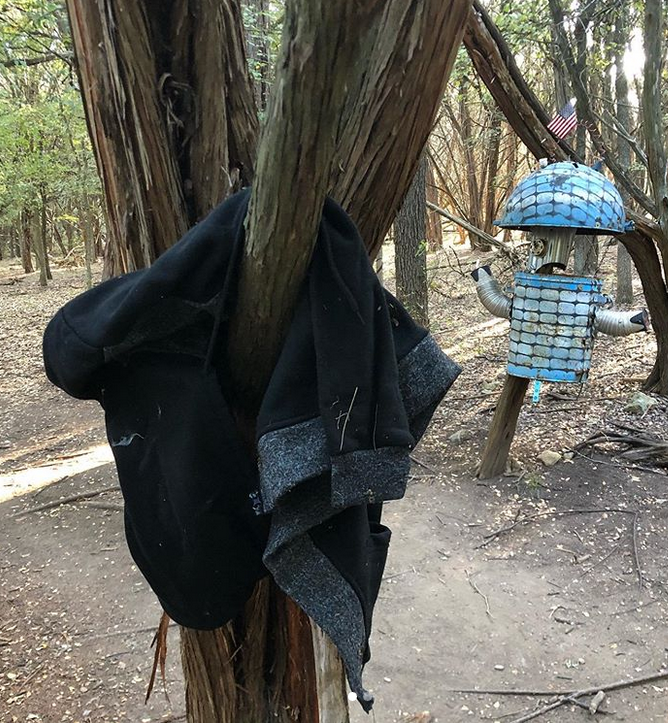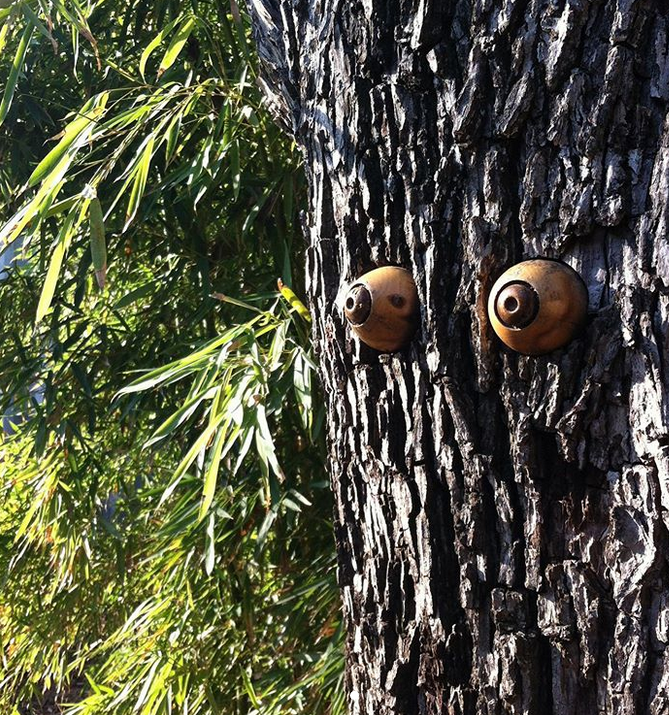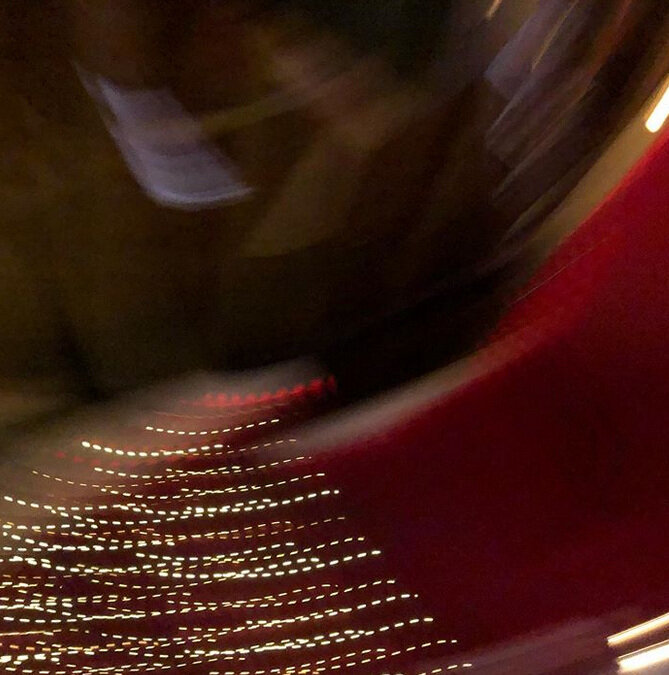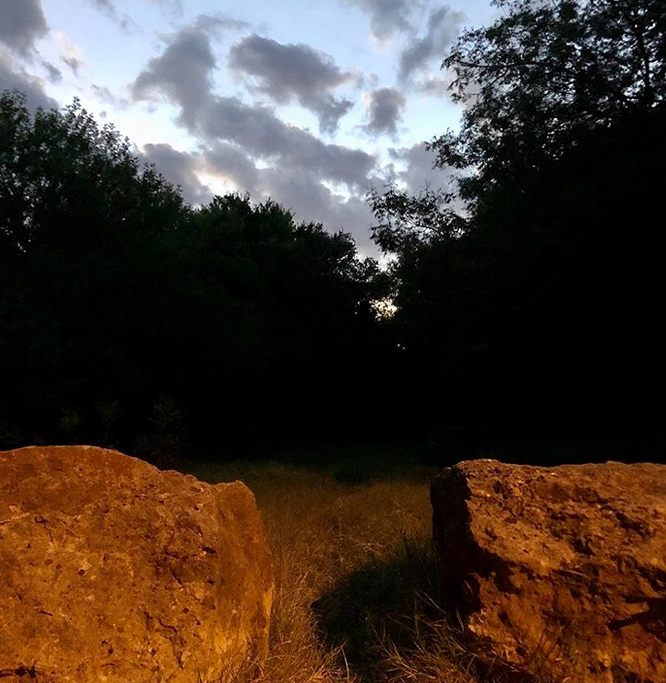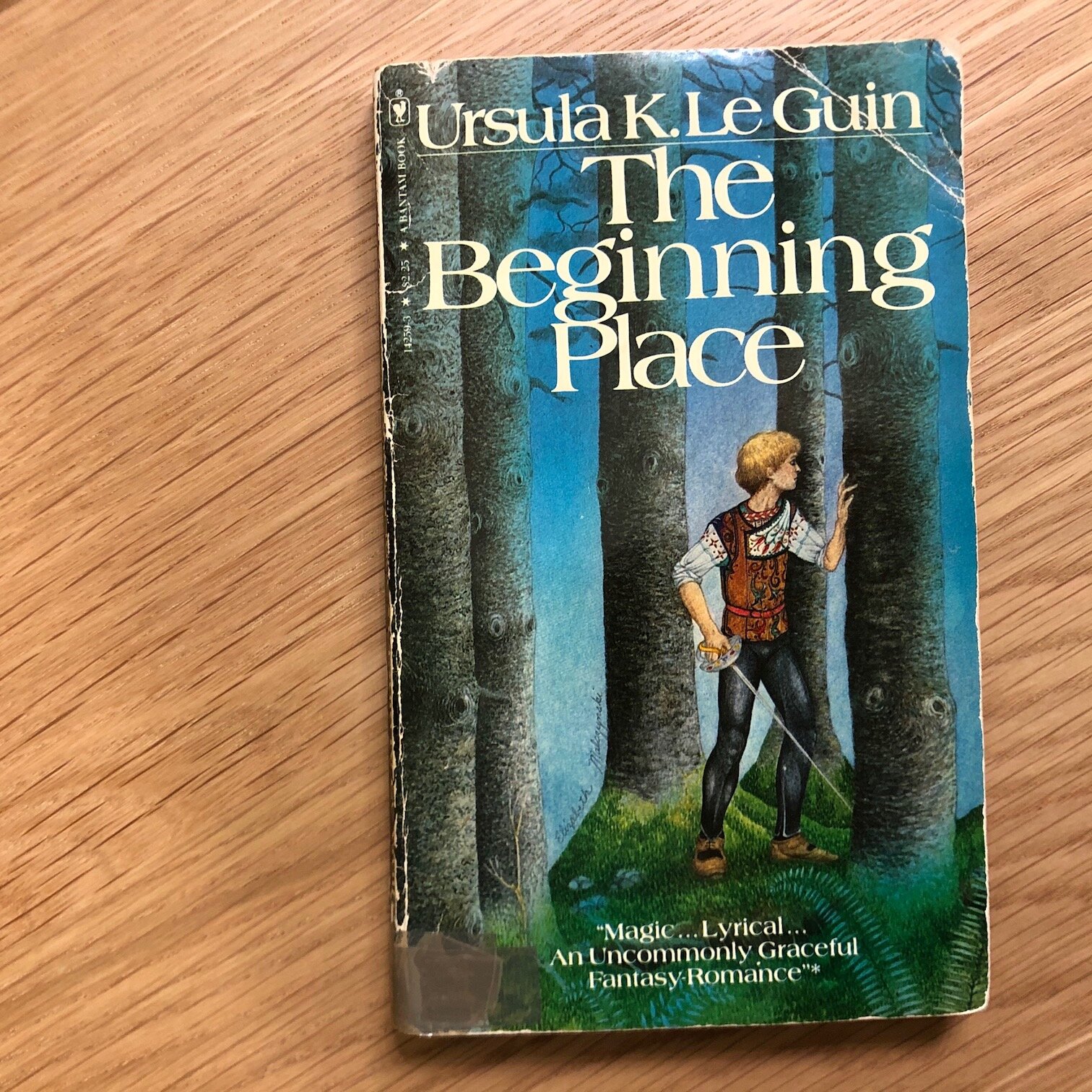You know that feeling of being so deeply immersed in a story that when you look up from the page, you feel like you’re underwater? Yeah, that’s a good feeling. But how does it happen? In my experience, one of the best ways to fully engage your reader’s body, mind, and soul is to use sensory imagery.
Of course, you say. Everyone and their English teacher knows that.
I suppose you’re right, but one amazing way of taking that advice just one step further is to focus specifically on the senses of taste and smell.
Take a deep breath through your nose, and notice the scents around you right now!
Whether you get a whiff of a crayon box that transports you back to Wednesdays in first grade or sink your teeth into a sun-ripened peach, these two senses are incredibly powerful when considering memory and the full body experience. These senses are also the ones I seem to have the most trouble remembering to include in my own work, opting exclusively for in-depth visual descriptions and auditory imagery if I’m not vigilant.
To pull myself (and maybe you!) out of this habit, I put together a few writing exercises to help us explore the scents and tastes of our scenes, whether incorporated into a WIP or fresh from the brain pan.
Think of yourself or an original character in the middle of an ancient forest. Perhaps tree roots entangle themselves into intricate mazes, or maybe glowing eyes watch from the darkness. As your character walks between towering tree trunks, their footsteps silenced by a thick carpet of dead leaves, what do they smell? The fresh scent of pine needles? The musk of animal fur? The stench of their own body after wandering for days on end? Record their observations here, and take stock of what details strange scents may unleash. Write for four minutes.
For this one, we’re going to think about taste in an unusual situation, and I invite you to build a scene around it. Consider a place with a particularly strong scent, perhaps a perfumery or an underground sewer. In places like these, the smells that surround us are so powerful that they often seem to invade our bodies and coat our tongues, catching in the backs of our throats for entirely too long. Instead of focusing on smell in this scene, concentrate on taste and on your character’s bodily interaction with the oppressive flavor of your choice. Write for ten minutes.
As a palate-cleanser *wink,* picture yourself or an original character sitting down to your/their favorite meal. Here, you can explore the way smell and taste work with each other, sometimes agreeing and sometimes conflicting. Anyone who was tricked into swallowing a spoonful of vanilla extract as a child knows what I’m talking about. Feel free to weave other sensory imagery into this scene like the clinking of glasses, the texture of a tablecloth, or the colors refracting through a crystal chandelier, BUT always bring it back to taste and smell. Write for eight minutes.
How did it go? Did you dig it? Subscribe to The Fool & the Page for more guided writing and cosmic conversation.
KAY TEEKELL is Claire’s Summer Communications Associate and fellow creative writer. She has five years of writing and editing experience that ranges from content writing for blogs and magazines to grant writing for nonprofit organizations. Kay is passionate about the power of storytelling and strives to amplify voices that might otherwise be forgotten. She is excited to use her artistic and literary skills in her professional aspirations and will continue to develop her talents for the rest of her life.
